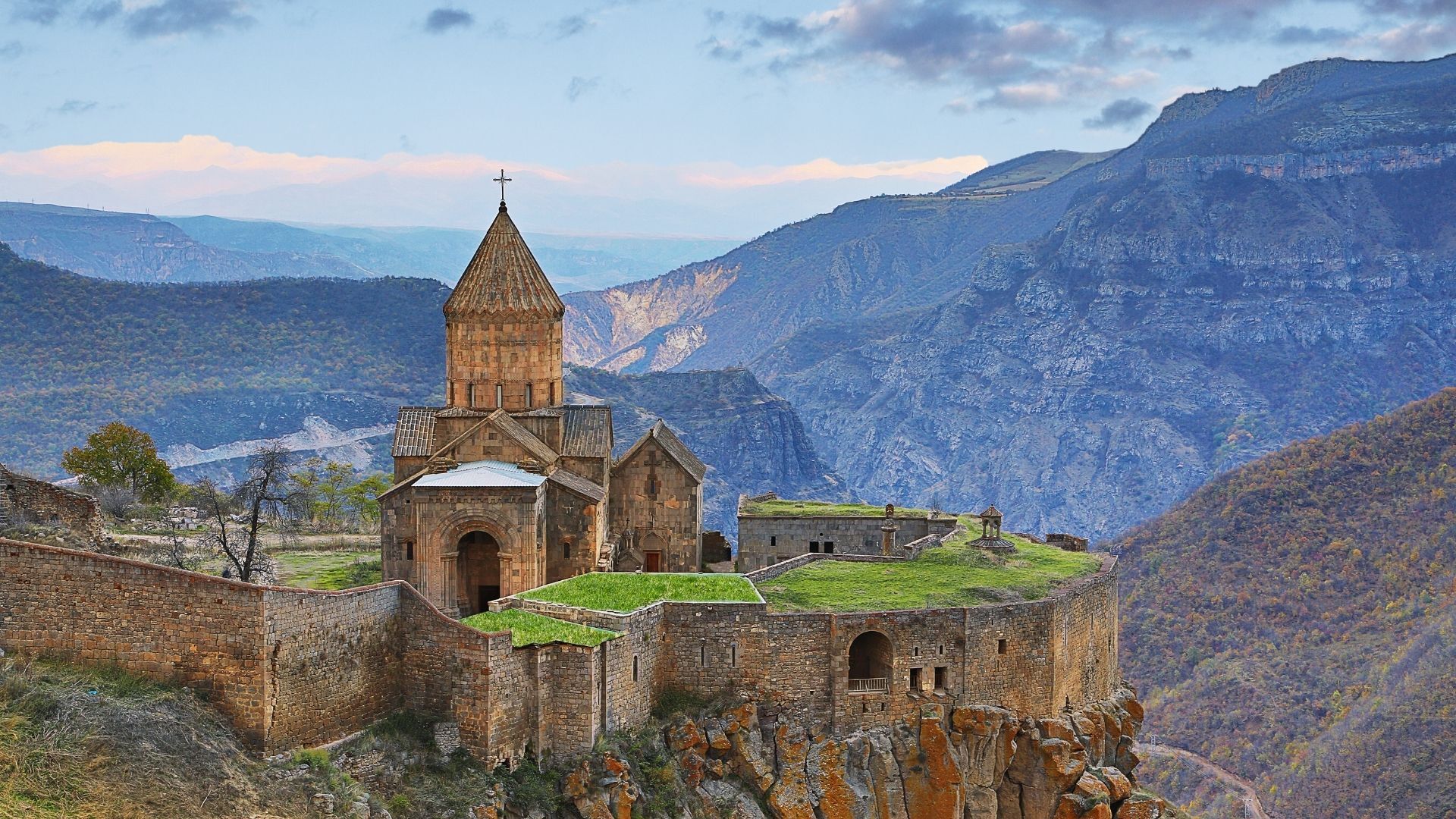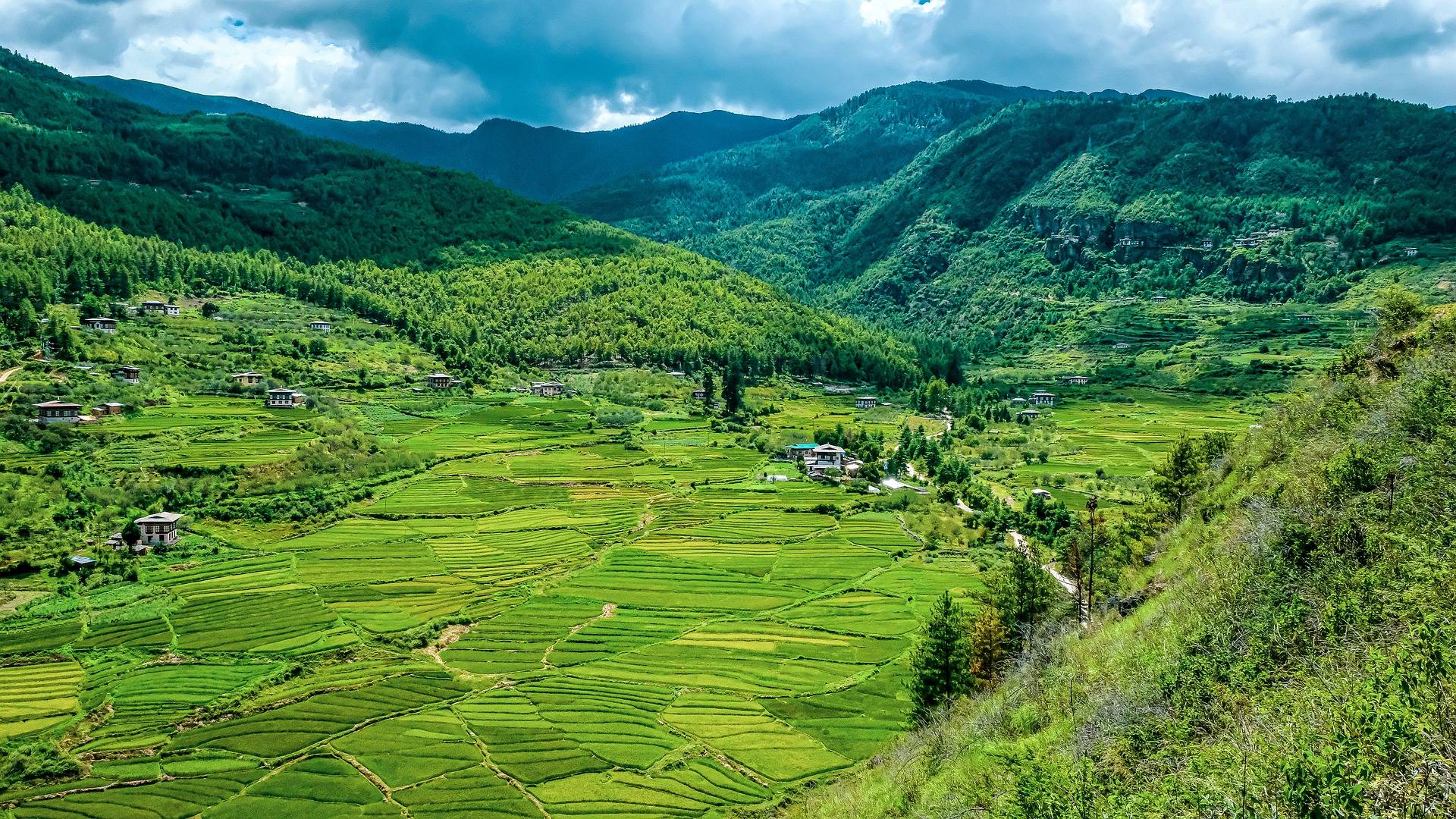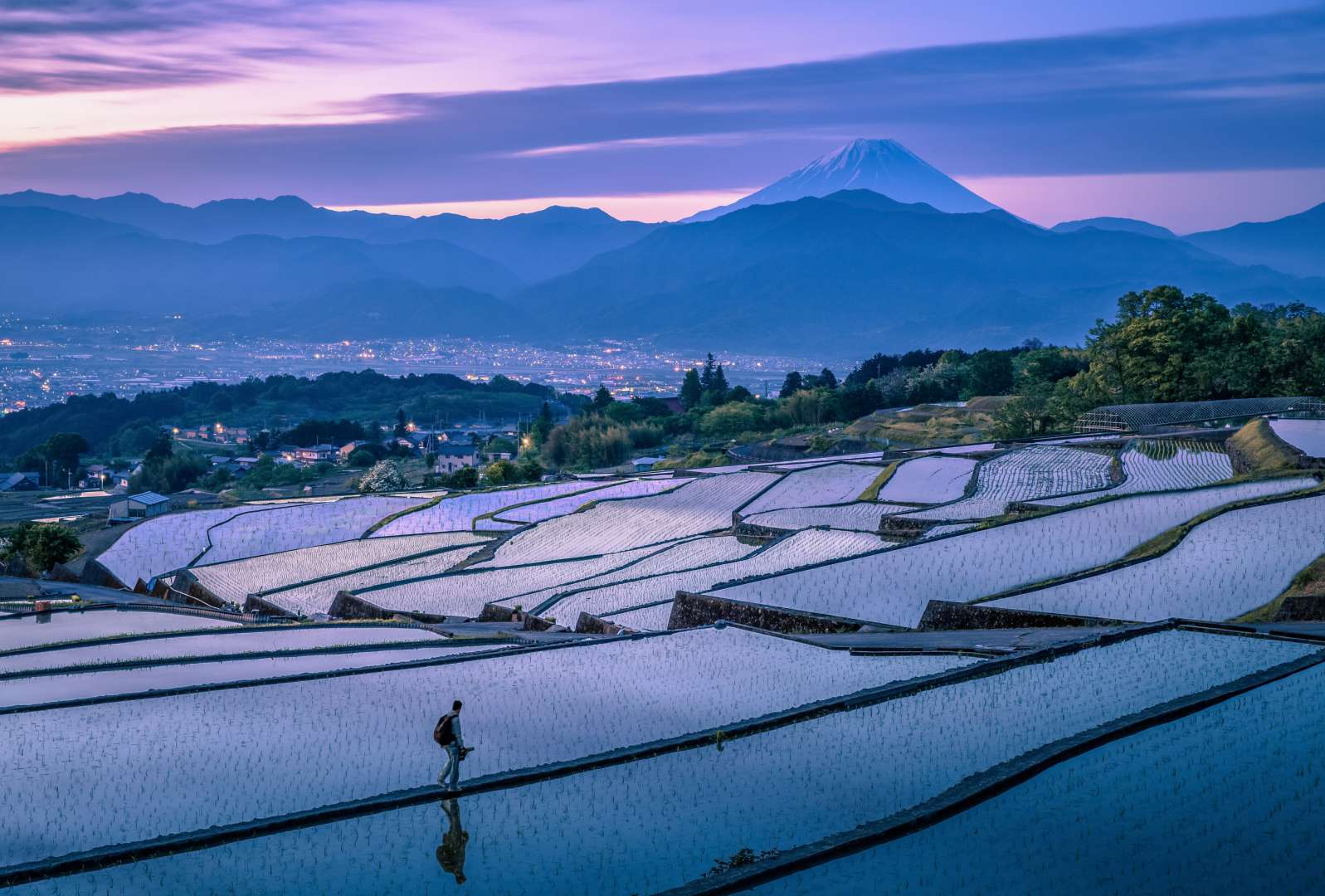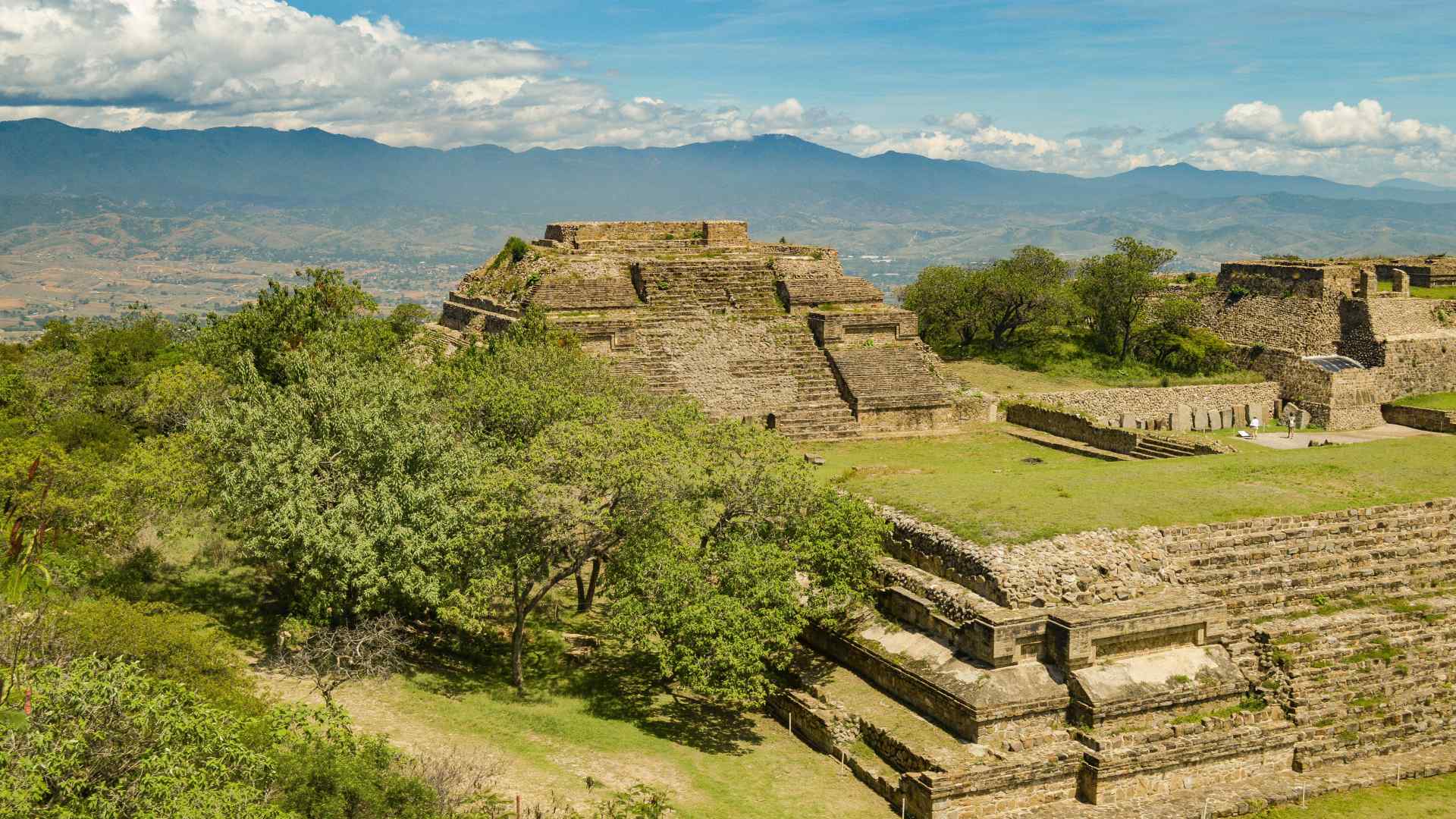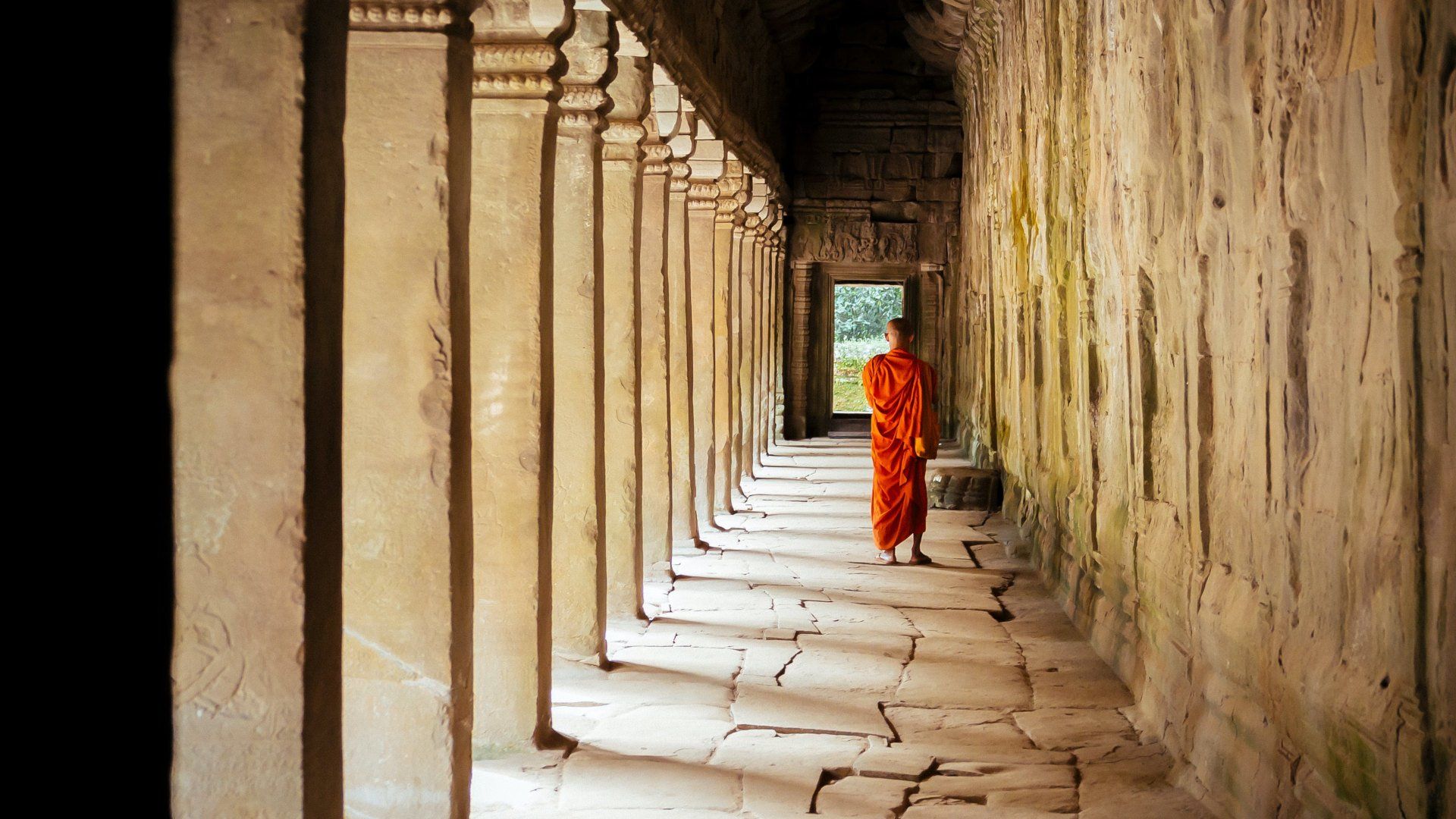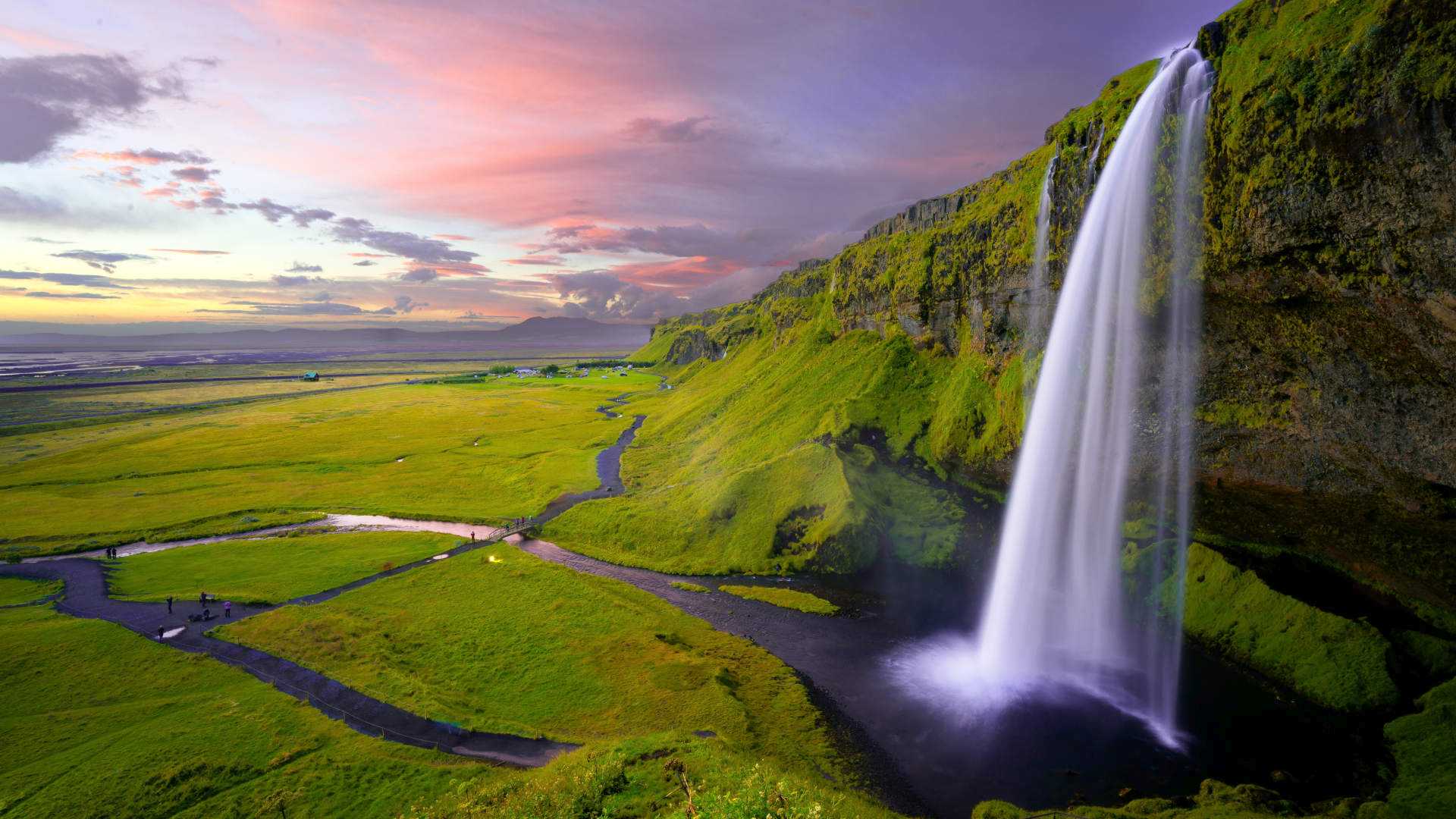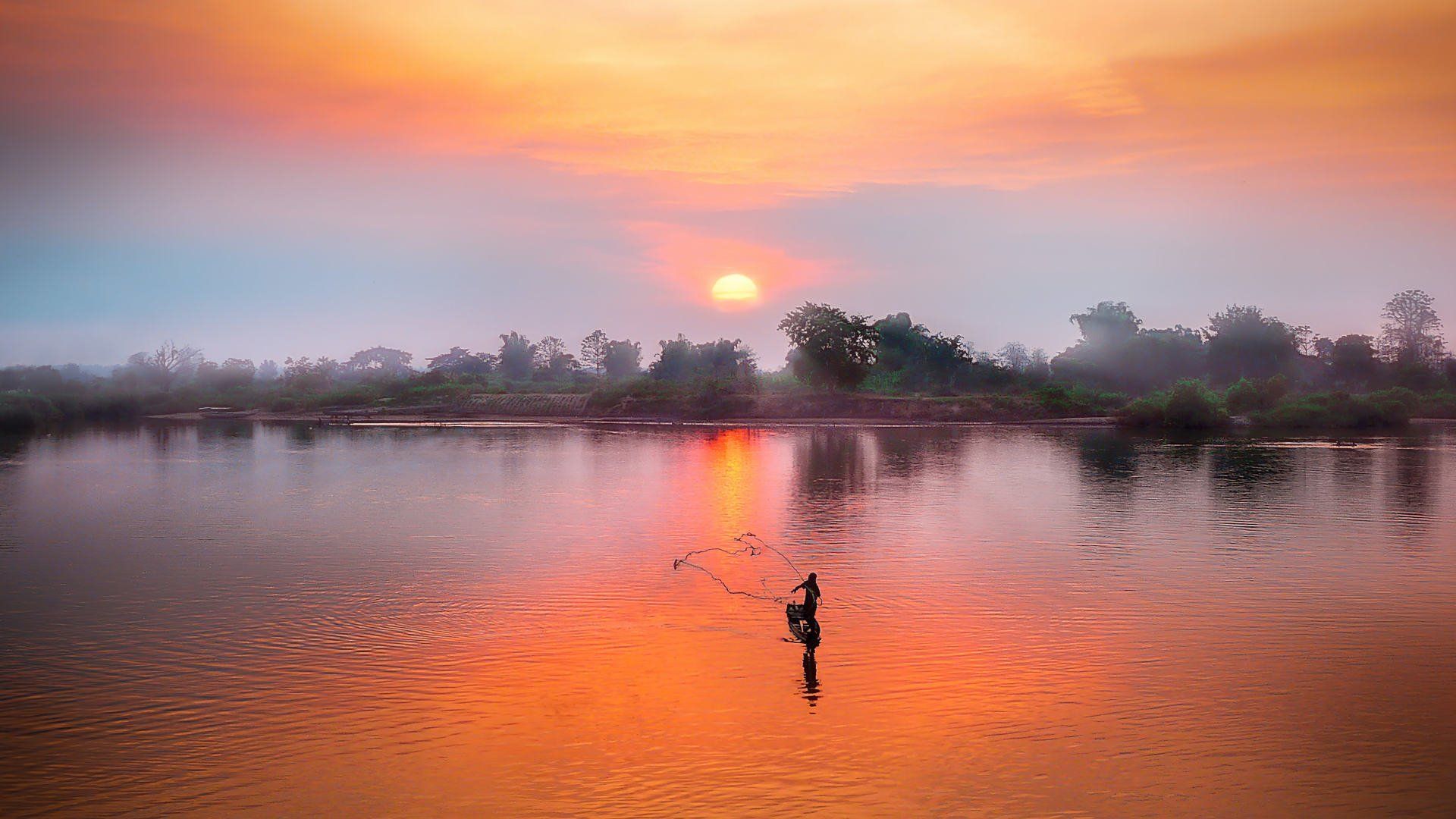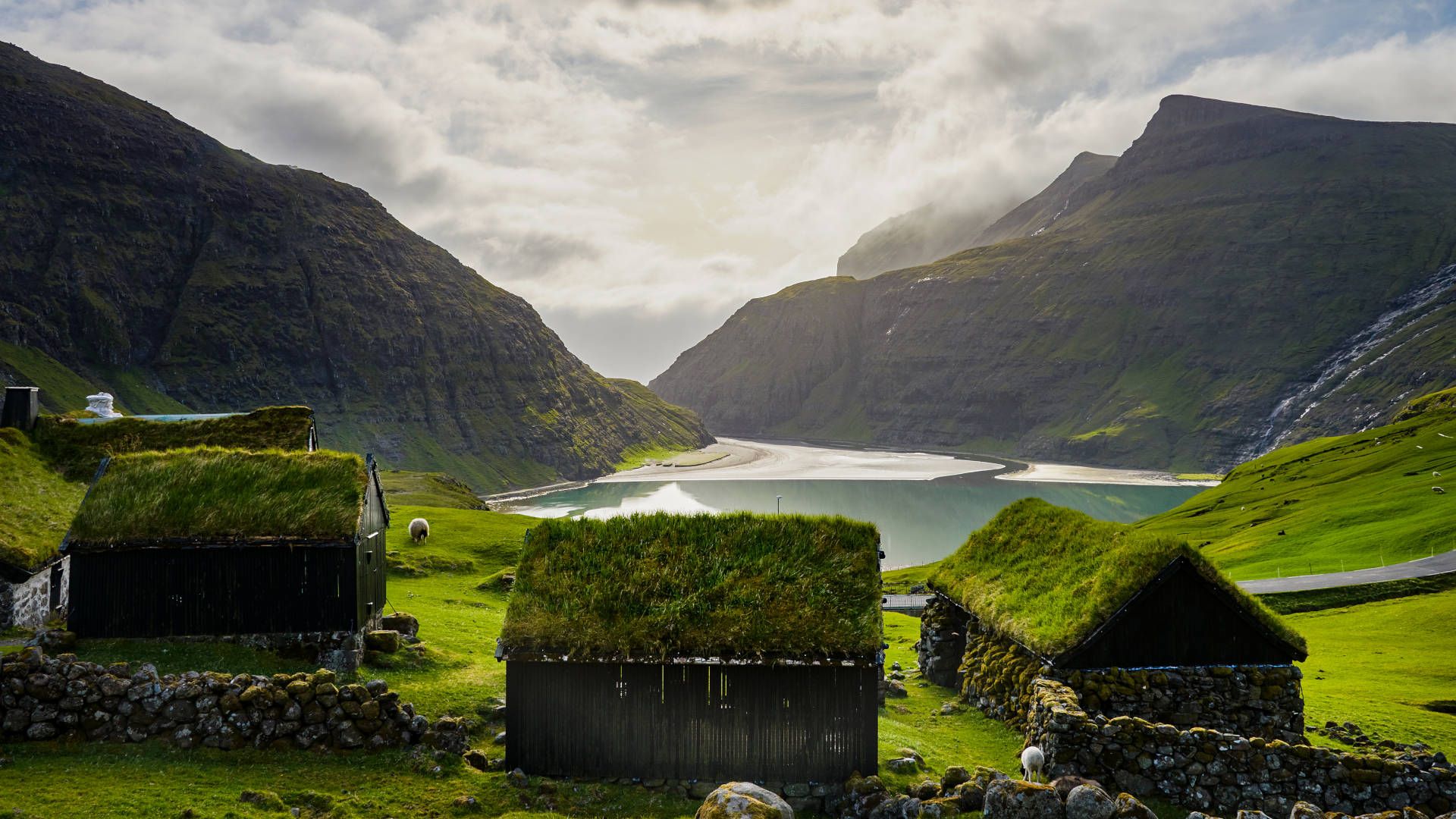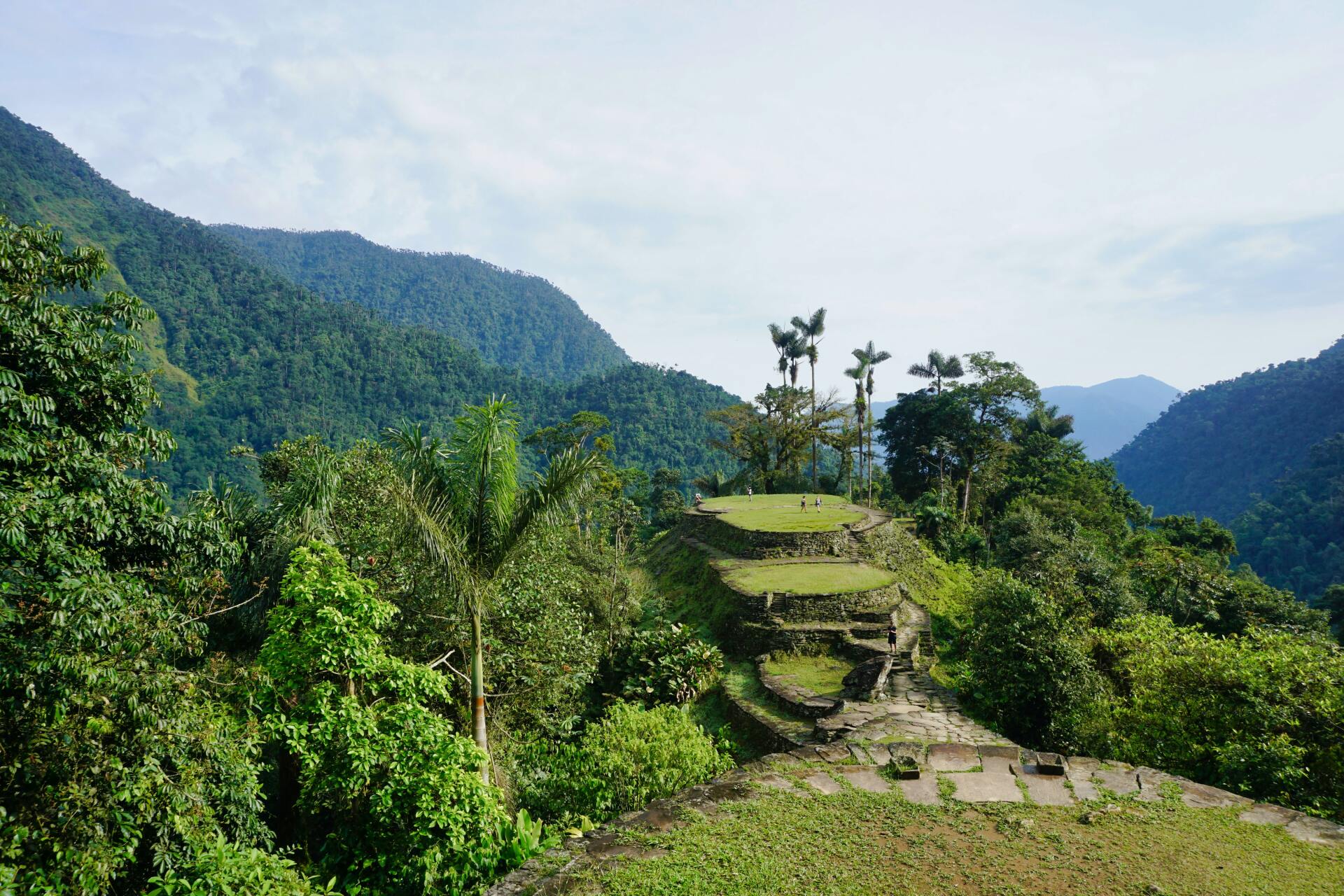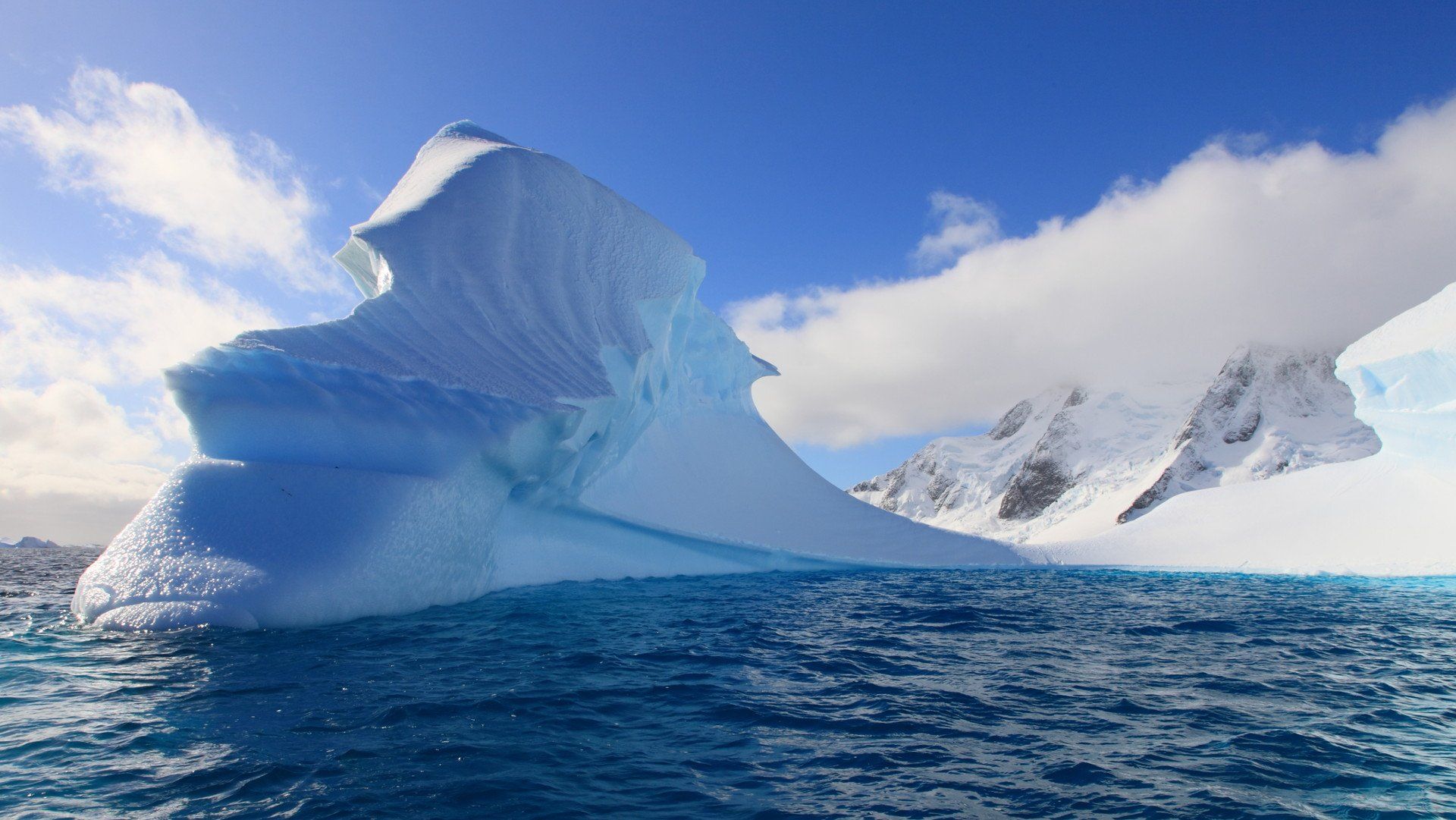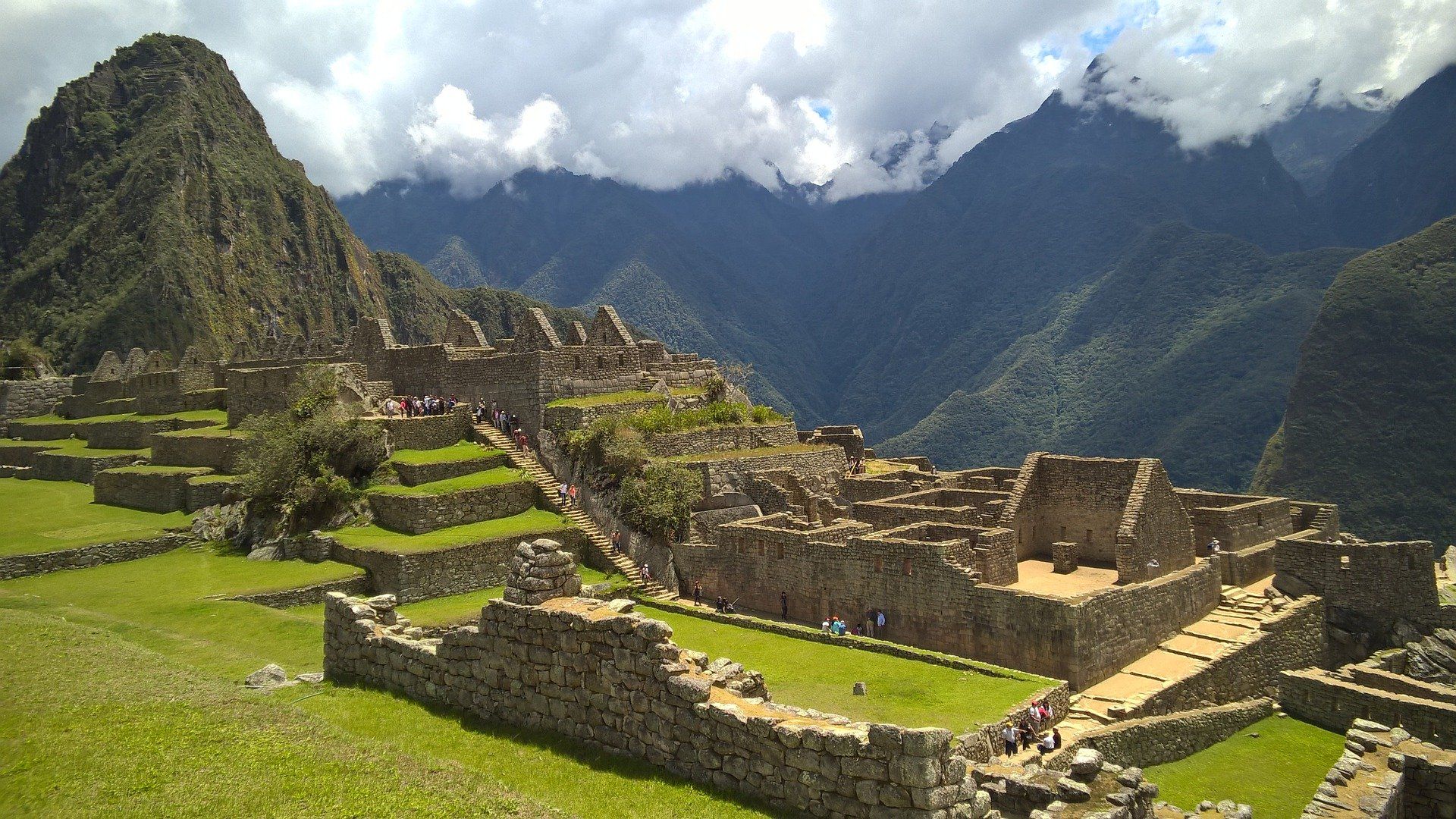Dream Peru
From the mysterious citadel of Machu Picchu to the colourful wildlife of the Amazon rainforest, a sustainable, luxury trip to Peru offers dramatic scenery, rich culture and world-class cuisine. Here are three off-the-beaten track places to consider including in your trip to Peru.
Lake Titicaca
Lake Titicaca has been a sacred icon and preferred settlement area of Andean peoples since as early as 1000 BC. Bracing thin air, rugged landscape aside gentle lapping water, the fauna of the highlands, and lake-dwelling indigenous populations are some of the main draws to Lake Titicaca. The folklore of these communities is often considered to be the richest in Peru with many notable religious celebrations, such as Candelaria, taking place throughout the year.
Nazca Lines
Created by the Nazca people between 400 and 650 AD, a slew of hypotheses have been presented to explain the existence of the zoomorphic geoglyphs. The monkey, the spider, and the hummingbird are just a few of the famous Nazca Lines etched into the southern Peruvian desert – one of Peru’s most popular destinations. You'll have to take the adventurous flight to see the lines yourself in order to decide the explanation you prefer!
Local Textiles
From the brightly colored patterns of Andean fabrics, to premium garments produced in organically grown, naturally dyed pima cotton and vicuña wool, Peru’s textiles are some of the world’s most renowned. Each step of the process, from natural dyes to the faming of the animals, is part of craft that has been honed over generations. We suggestion private introductions to the artisans who are using traditional craftmanship whilst bringing their designs into contemporary times, without losing the deep connection to heritage.

